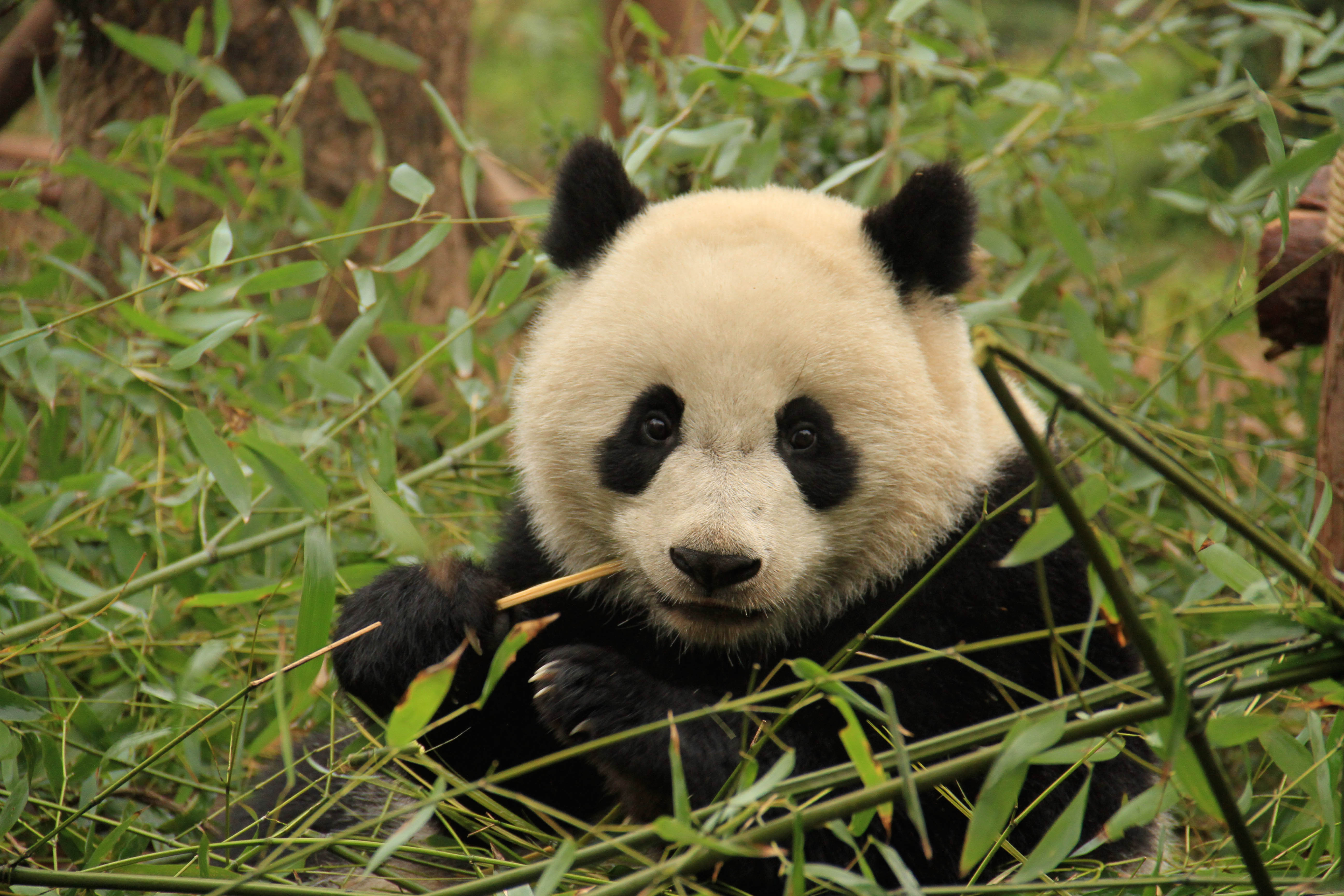Qilian Mountains Conifer Forests
The ecoregion’s land area is provided in units of 1,000 hectares. The conservation target is the Global Safety Net (GSN1) area for the given ecoregion. The protection level indicates the percentage of the GSN goal that is currently protected on a scale of 0-10. N/A means data is not available at this time.
Bioregion: Greater Tibetan Plateau Alpine Meadows & Shrublands (PA40)
Realm: Eastern Eurasia
Ecoregion Size (1000 ha):
1,669
Ecoregion ID:
705
Conservation Target:
39%
Protection Level:
10
States: China
The Qilian Mountains rise to 5,500 m elevation along the northeastern margin of the Tibetan Plateau, providing snowmelt to desert oases at the foot of the range. The Qilian Mountains conifer forests comprise a distinct ecoregion that exists mainly on north facing slopes and supports populations of four large carnivores: snow leopard, Eurasian lynx, gray wolf, and brown bear. The elusive Chinese mountain cat, endemic to western China, was also recently spotted in this ecoregion by camera traps.
.jpg)
The flagship species of the Qilian Mountains Conifer Forests ecoregion is the Chinese mountain cat. Image credit: Courtesy of Jaconl, iNaturalist
The Qilian Mountains are geologically young relative to the rest of the Tibetan Plateau, and tectonically active. The annual precipitation increases upslope from the desert basins at about four percent for every hundred meters elevation gain so that upper elevations hold well-watered mountain habitat with extensive (but shrinking) glaciers above 4,200 m elevation. The average temperatures are -18°C to -7°C in January, 5°C to 21°C in July.
Within the ecoregion is a mosaic of forest, woody scrub, and herbaceous plant formations. Forests are dominated by two species of conifer: Qinghai spruce is most abundant between 2,450 and 3,200 m elevation; Przewalski’s juniper grows through a dense shrub layer between 2,700 and 3,300 m elevation. Some fir stands also occur. Within each plant community, species richness peaks at about 2,700 m elevation, signaling the zone that has an optimal combination of warmth and rainfall during summer.

Panda. Image credit: Creative Commons
On the Qinghai-Tibet Plateau, an amazing diversity of vertebrates—411 species—have been found. Of the animals, 21 kinds are under first-class state protection, including snow leopard and white-lipped deer; 53 are under second-class state protection, including brown bear, lynx, and blue sheep; 36 are under provincial protection; and 22 have been listed in the International Trade Convention on Endangered Wild Animals and Plants Appendixes I and II.
Blue sheep is the most abundant hoofed mammal in this ecoregion, and serves as the prey base for larger carnivores, especially snow leopard. Blue sheep never stray far from steep, rocky slopes because it is only on this terrain that they can escape all predators. White-lipped deer have an affinity for more densely vegetated habitat, either conifer forest or alpine scrub and meadow habitats. Alpine musk deer also occur in this ecoregion.

Capra ibex. Image credit: Manfred Werner, Creative Commons
As in much of mountain Central Asia, mammalian predators take the livestock of local pastoralists. In this region, more than half of all livestock depredation is attributed to lynx, less than 10% to snow leopard. Pastoralists interviewed believed that wolves and lynx were pests that should not be protected, that brown bear were dangerous to humans, while snow leopard received a favorable impression. In some locations where they co-occur, grey wolves are known to prey upon lynx, which encourages lynx to associate with forest habitats where they can climb a tree to safety. Smaller carnivores of the QNNR include red fox, and a species or wild dog called dhole.
The Qilianshan National Nature Reserve (QNNR), established in 1988, protects 26,530 km2 of mountain habitat. Since 2011, local government policies in the Qilian Mountains have favored ecological restoration. Farmers have been encouraged to convert marginal agricultural land to forest, and livestock grazing has been limited or curtailed on a rotating basis.
The priority conservation actions for the next decade are to: 1) work with local herders to develop their capacity to protect livestock from wild predators; 2) safeguard the ungulates that serve as a prey base; and, 3) monitor the ecoregion for evidence of disruptive climate change.
Citations
Carpenter, C. 2000. Eastern Asia: Central China. https://www.worldwildlife.org/ecoregions/pa0517 Accessed November 2018.
Alexander, J., Chen, P., Damerell, P., Youkui, W., Hughes, J., Shi, K., Riordan, P. 2015. Human wildlife conflict involving large carnivores in Qilianshan, China and the minimal paw-print of snow leopards. Biological Conservation 187: 1-9.
Wang, G., Zhou, G., Yang, L., Li, Z. 2003. Distribution, species diversity and life-form spectra of plant communities along an altitudinal gradient in the northern slopes of Qilianshan Mountains, Gansu, China. Plant Ecology. 165(2): 169-81.



